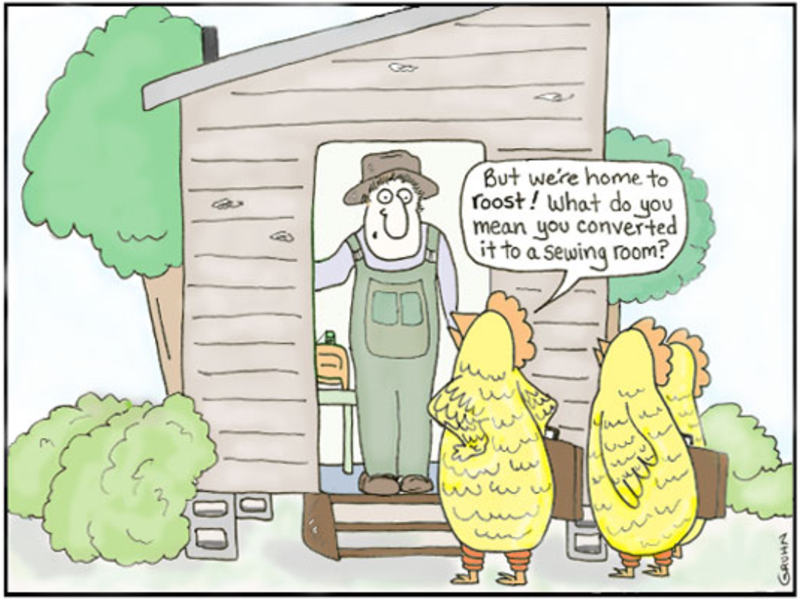🧵Solar panels and the mystery flaw explained 🧵
Installed global capacity of solar panels has increased massively in the past decade. Today, total installed capacity of photovoltaic cells is estimated 900 GW.
Installed global capacity of solar panels has increased massively in the past decade. Today, total installed capacity of photovoltaic cells is estimated 900 GW.

However, there has been a mystery flaw that has been taking away potential electricity from the photovoltaic cells. Solar cells only achieve 20 percent efficiency—for every kW of equivalent sunlight, about 200W of electrical power can be generated. 

During the first hours of operation after installation, a solar panel's efficiency drops from 20 percent to about 18 percent. An absolute drop of 2 percent in efficiency may not seem like a big deal, but it’s a 10% drop in electric generation.
Losing 10% of 900 GW of power is equivalent to about 40 nuclear power plants worth of power capacity if only solar panels could operate all day which they can’t. This solar shortfall has to be therefore, met by other less sustainable energy sources such as burning fossil fuels.
To understand it, we first understand how photovoltaic cells work.
A photovoltaic cell is made of semiconductor materials that absorb the photons emitted by the sun and used photon's energy to generate a flow of electrons.
A photovoltaic cell is made of semiconductor materials that absorb the photons emitted by the sun and used photon's energy to generate a flow of electrons.

Energy (E) of a photon is given by E = hf, where f is frequency and h is Planck's constant (4.1357 × 10-15 eV s). Any photon with energy greater than 1.11 eV can dislodge an electron from a silicon atom and send it into the conduction band i.e., produce photovoltaic effect.
Any energy lower than this can not create Photovoltaic effect. This explains why solar cells work mostly with visible light. 

About 4% of the energy reaching earth’s surface is ultra-violet, 44% is in visible spectrum and 52% in infrared spectrum. Because silicon can’t make use of light with wavelength > 1110 n-m, 19% of total energy reaching earth is not usable. 

Another thing to note is that light with higher energy, does not produce more electrons, it produces higher energy electrons. Blue light has twice the energy of red light but the electrons the blue light releases, simply lose the extra energy in the form of heat.
This energy loss results in 33% of sunlight being lost. These spectrum losses alone, account for 52% loss in efficiency. Onto the next problem:
Just dislodging electron does not create electric current. To create current, electron should be forced around an external circuit. Freeing electron also create a positively charged hole in its place. If any electron meets this hole, it simply fills it, and energy is wasted. 

To maximize efficiency we need to limit chances of electron filing this hole. To do this, we use Silicon which has electrons in its outer shell and thus readily forms a crystal structure with 4 neighboring atoms. We can add impurities to manipulate this, which is called doping.
Boron doping: Boron atoms have 3 electrons available for bonding with silicon crystal but silicon wants 4. This creates a hole in the crystal that wants to be filled with a electron. 

Phosphorous doping: This time we add phosphorous atoms with 5 electrons available for bonding. This leaves us with extra electron. 

When you sandwich these two arrangements together, positive holes and negative electrons migrate towards each other. Electrons jump into p-type and hole jump into n-type. This creates one side of the junction negatively charged and another junction becomes positively charged.
This potential difference is called voltage. If we add some metal contacts and an external load circuit, these electrons will pass along the circuit to recombine with the holes on the other side. We have just created a solar cell!! 

Coming back to the 10% energy drop problem, now it is known that the efficiency drop is corelated to the concentration of Boron and Oxygen in the Silicon. This drop did not occur when Boron was replaced with Gallium. 

End of the 🧵🧵
If you like the content, retweet for max reach 🙏🙏
If you like the content, retweet for max reach 🙏🙏
• • •
Missing some Tweet in this thread? You can try to
force a refresh















